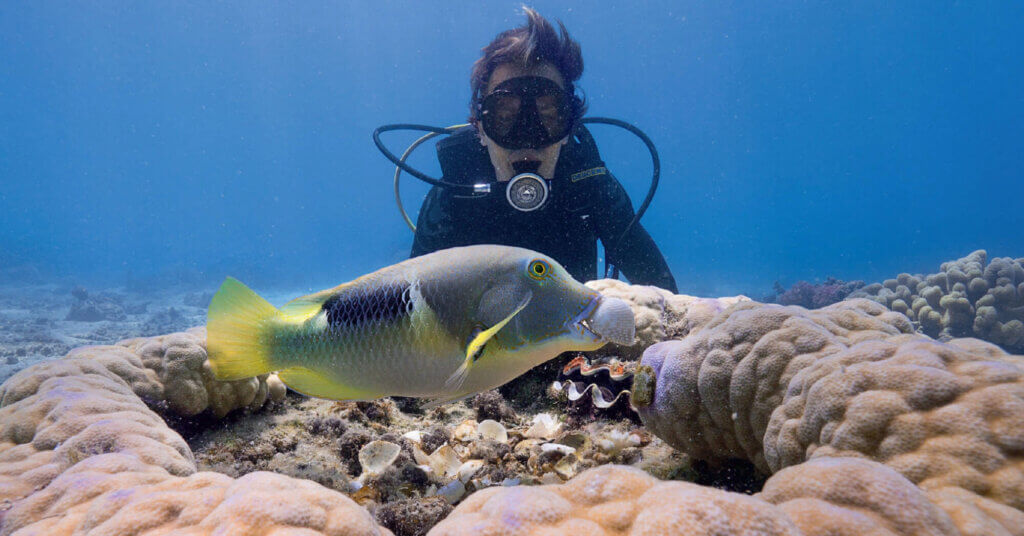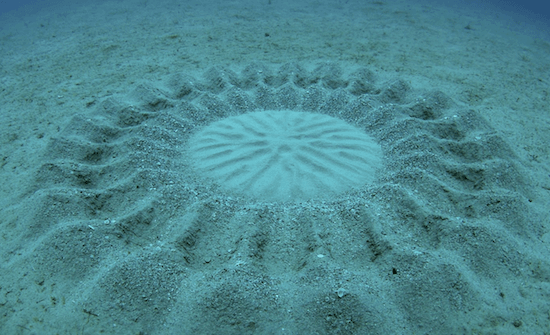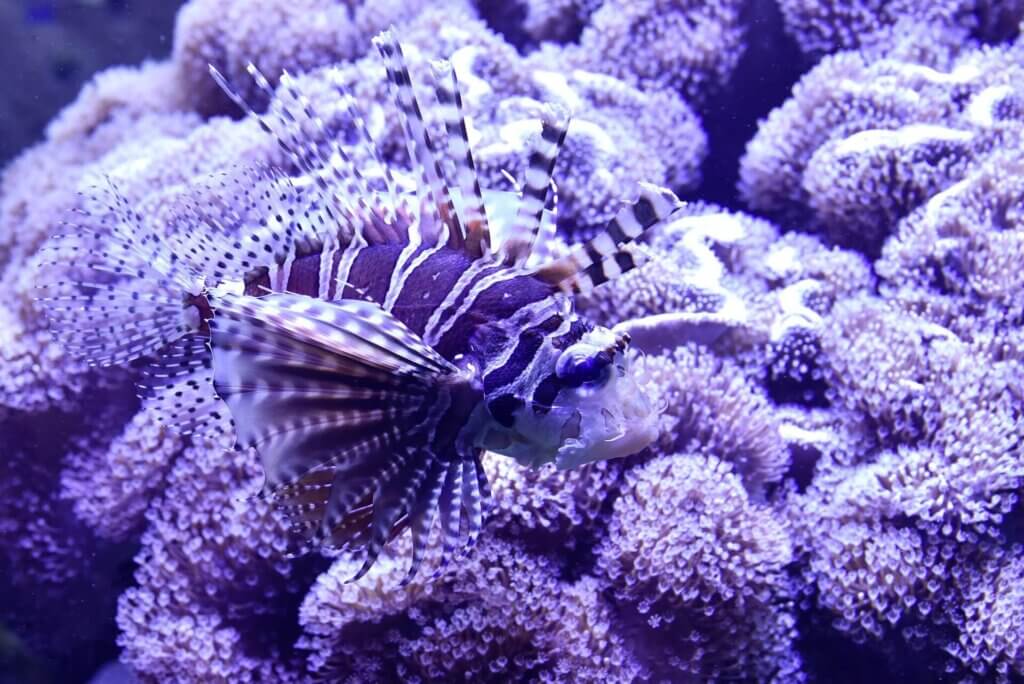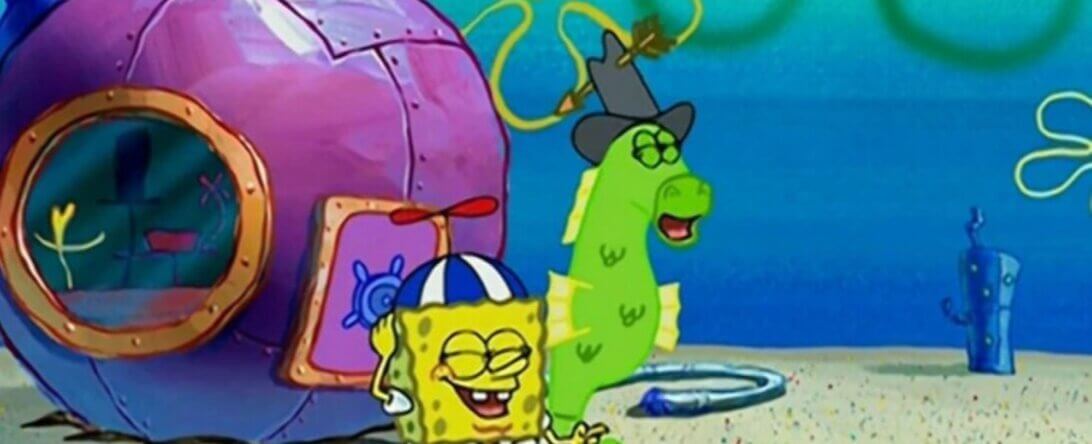‘The Little Mermaid’ Reminds Us How Intelligent Fish Really Are
Big news, Disney fans: The Little Mermaid starring Halle Bailey hits U.S. theaters on May 26! 🤩 There are lots of reasons to see this highly anticipated movie, including the great case it makes for going vegan. (You read that right!)
Disney’s original 1989 animated film shows that fish, like title character Ariel’s best friend, Flounder, are intelligent animals who experience pain, just as we do. While the fish in The Little Mermaid are fictional, they’re depicted as having personalities, emotions, and relationships like real fish. Ariel would never eat her marine friends, and Halle, the actor who plays her in the upcoming movie, feels the same about real fish—she’s been vegan for several years. 💕🐟
Let’s follow Ariel’s and Halle’s example and keep fish off our plates! Fish are smart animals who deserve to lead fulfilling lives “under the sea.” Here are some of the many ways we know that fish are intelligent, clever, and complex beings:
They Remember Stuff
Forget any myths you’ve heard about their memory. Goldfish have memories spanning weeks, months, and even years. In thousands of studies, goldfish quickly learned and remembered commands for getting food, like swimming to one side of a pond or pushing a red paddle instead of a blue one. They have learned to escape nets and mazes and could still remember how to repeat these tasks, even months later.
They Recognize Faces
Some species, like archerfish, can recognize human faces. A 2016 study found that archerfish can remember a human face and accurately identify it, even when over 40 new faces were introduced and the correct face was distorted. Three years later, scientists found that archerfish can recognize human faces when they’re turned 30, 60, or 90 degrees to the side. And a groundbreaking 2023 study showed that cleaner fish likely recognize their mirror image—something we once thought only humans could do!
They Use Tools
Want to see how intelligent fish are? Watch the breathtaking docuseries Planet Earth: Blue Planet II. In the first episode, “One Ocean,” the doc’s crew films an orange-dotted tuskfish smashing a clam against coral to break the clam’s shell and slurp up the flesh. This remarkable finding shows that fish are part of an exclusive group of animals—mostly mammals and birds—who use tools. Collections of broken shells found near coral across the Great Barrier Reef in Australia suggest that using coral as a tool is widespread among tuskfish.
They Build Things
Around 9,000 fish species are known to build homes or nests out of various materials. Male cutlip minnows build nests by carefully choosing pebbles that are similar in size for consistent nest dimensions and dark in color to stand out from their drab surroundings. Jawfish build homes with walls just big enough for them to fit through and line the entrance with rocky rubble so it won’t cave in. Some fish even build works of art. Male pufferfish create elaborate circular designs on the sandy seabed floor to attract mates. (It certainly attracts our attention. 😍)
They Work Together
Cooperation is a complex social skill that many humans have trouble with, but fish are excellent at teamwork. Highly structured schools of fish swim in coordinated movements to protect against predators and boost feeding efficiency. Some separate species, like grouper fish and moray eels, work together to hunt for food. Groupers signal to moray eels to let them know they’re ready to hunt. Then, the eels swim among coral while the groupers swim above them to catch prey who try to escape from either direction.
They Communicate
Fish communicate with each other in all sorts of ways. Different sounds spread info about spawning, breeding, predators, and prey. Fish can also communicate through smell, using urine or pheromones to send scented signals. Many fish can brighten or darken their skin or change colors to communicate. Others use movement, body language, or electrical impulses to send complex messages for warnings, greetings, hunting, and navigation—and some sing!
They Trick Others
Several fish species use camouflage to hide from predators or surprise prey. Cuttlefish can adjust their skin to match the colors and textures of surrounding surfaces and blend into pretty much any environment. Other fish use unique body features to deceive animals: Anglerfish wiggle their esca (a fleshy light-up growth) to resemble prey and lure in fish. Some electric fish even amplify their electric signals to make themselves seem bigger.
They Count
As if fish weren’t impressive enough, it turns out that they can count! Researchers presented fish with colored dots and let them choose whether there were more yellow dots or blue dots. They found that fish with stronger counting skills consistently made correct choices and that fish with weaker counting skills agreed with the decisions of the stronger counters. These findings are strikingly similar to those from human tests. Humans with weaker math skills will follow the lead of humans with stronger math skills.
*****
If the thought of trapping, killing, and eating these beloved movie characters makes you cringe, be sure to keep real fish and other sea life off your plate. Just like Flounder, they have relationships, goals, and feelings of their own. ❤️
Show your compassion for fish by going vegan! Order a free “Guide to Going Vegan” for recipes, shopping tips, and daily reminders to help you switch to a healthier and happier lifestyle.
Text peta2 to 30933 for ways to help animals, tips on compassionate living, and more!

Terms for automated texts/calls from peta2: http://peta.vg/txt. Text STOP to end, HELP for more info. Msg/data rates may apply. U.S. only.








